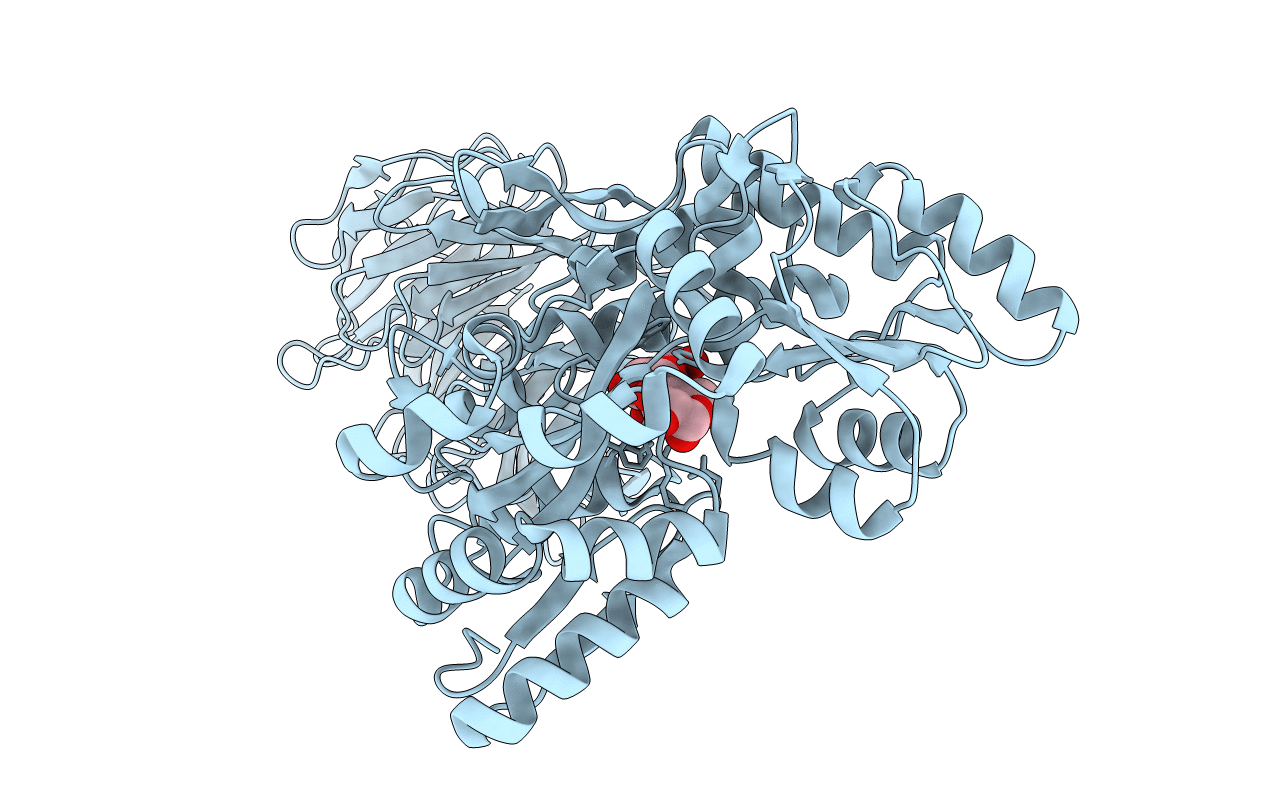
Deposition Date
2008-06-30
Release Date
2008-09-09
Last Version Date
2023-08-30
Entry Detail
PDB ID:
3DM0
Keywords:
Title:
Maltose Binding Protein fusion with RACK1 from A. thaliana
Biological Source:
Source Organism:
Escherichia coli (Taxon ID: 83333)
Arabidopsis thaliana (Taxon ID: 3702)
Arabidopsis thaliana (Taxon ID: 3702)
Host Organism:
Method Details:
Experimental Method:
Resolution:
2.40 Å
R-Value Free:
0.25
R-Value Work:
0.21
R-Value Observed:
0.21
Space Group:
P 1


